Mechanical Grip and Suspensions in SimRacing: discover a deep dive about them in this blog post.
In our last article, we talked about grip and the coefficient of friction.
Today, we’ll dive deeper into how and why grip is generated.
Grip arises from two main mechanisms: molecular adhesion and hysteresis.
Let’s start with the first interactions between the rubber molecules of the tire and the surface of the track.
Essentially, the molecular chains of the tire form bonds with the road surface.
These chains stretch and contract while new bonds are created and broken between the rubber and asphalt molecules as the tire rolls.
These interactions are invisible to the naked eye because we’re talking about micrometers (to give you an idea, a red blood cell is about 8 micrometers in diameter).
If we could zoom in infinitely, we’d see pieces of rubber acting like a kind of suction cup.
This is why a tire deposits rubber on the track.
Molecular bonds can break from either the track or the tire itself, causing rubber molecules to tear away from the tire and deposit onto the track surface.
These rubber pieces can settle on the racing line, increasing the track’s grip because the tires of vehicles passing over will come into contact with the rubber on the track, not just the track itself.
Alternatively, if operating temperatures are too high and the tire compound degrades, rubber can be deposited as marbles that scatter off the racing line, reducing grip on that section of the track.
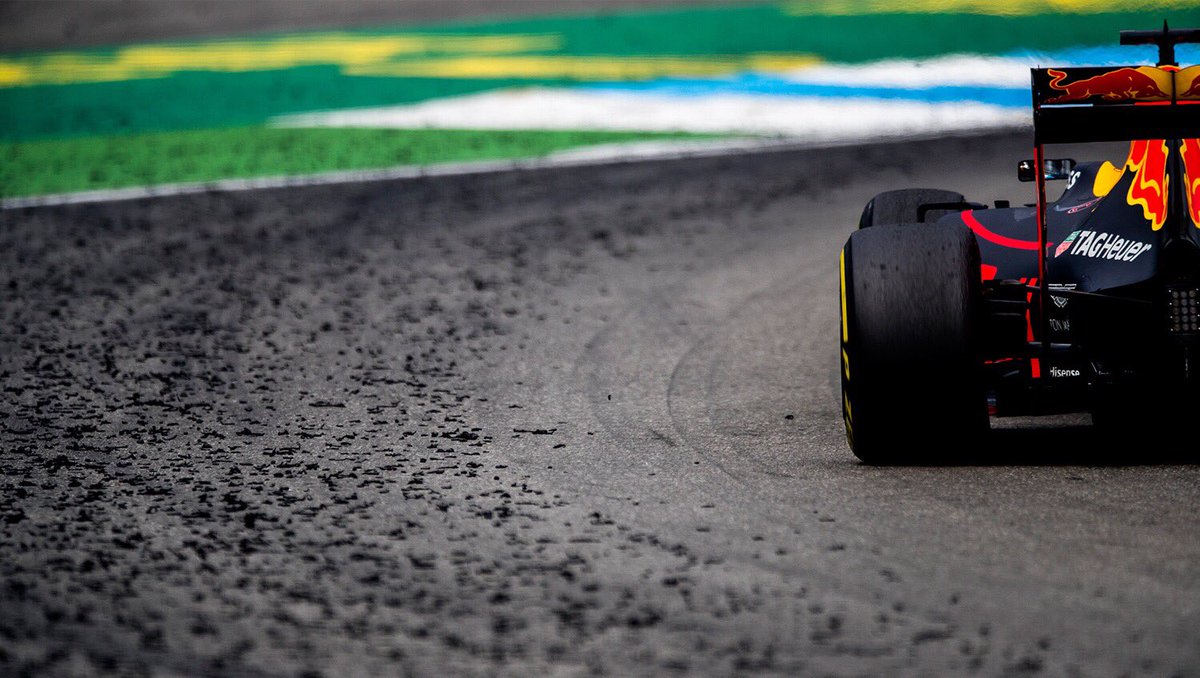
The second reason for grip generation is hysteresis.
Hysteresis is the ability of an elastic body to deform under force (in our case, the tire under downforce), maintaining this deformation for a period even after the force is removed.
In simpler terms, it’s the interaction between the rubber and the asphalt’s roughness.
No asphalt is perfectly smooth, even if it appears that way in iRacing, ACC, rFactor2, RaceRoom, and other sims, or on TV.
The real track surface is quite rough, with tire contact limited to the highest protrusions on each surface.
Look at this photo of the asphalt at the Qatar circuit: it’s far from a perfectly smooth surface!
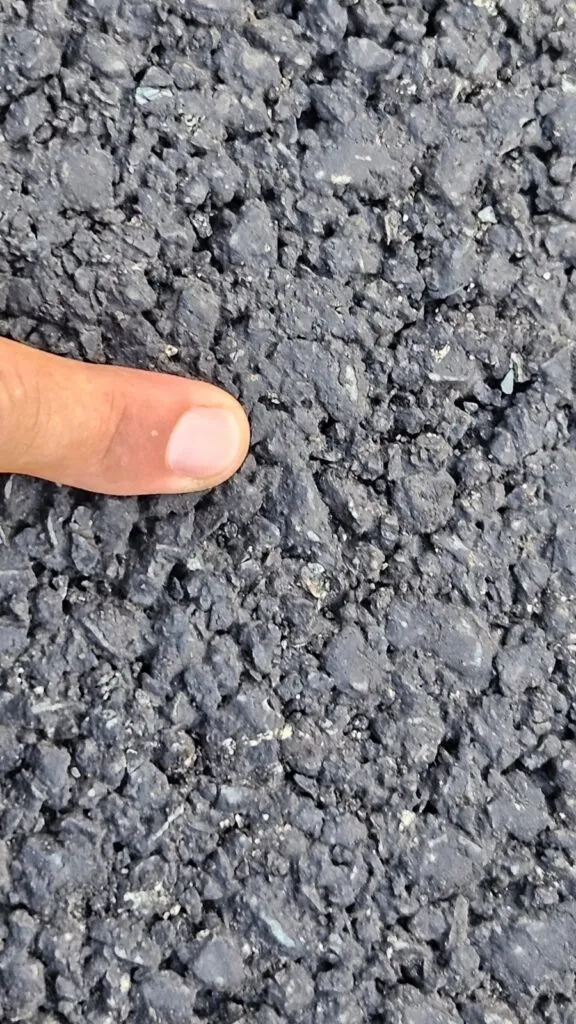
Tire rubber is a viscoelastic material, meaning it has some properties of solids (elasticity) and some of liquids (viscosity), making it highly deformable.
This material is continuously compressed and relaxed in various situations like passing over curbs, bumps, banking, or even simply braking or cornering.
Inside, the molecules collide, causing energy (and heat) buildup. When the tire relaxes, some of that energy is released.
Due to the material's viscosity, when a tire is subjected to force, it doesn’t immediately return to its original shape once the force is gone; it takes some time.
Hysteresis allows the rubber to adapt to the asphalt's roughness, curbs, and other surfaces.
As the temperature increases, the rubber’s elastic properties decrease, and its viscous properties increase because the rubber becomes warmer and easier to deform.
A more deformable (softer) tire will grip more deeply into the asphalt’s roughness, increasing grip.

This is why a freshly resurfaced track has more grip.
The surface has sharper edges protruding from the asphalt, which the rubber grips thanks to hysteresis.
This is also why, in wet conditions, a different racing line is preferred compared to the dry one (which is always the shortest and fastest in dry conditions).
Off the racing line, there are no oils or rubber remnants (which become slippery with rain), and the asphalt is less polished and sharper since vehicles don’t usually pass there.
A wet surface prevents rubber-surface contact, blocking molecular interaction between the asphalt and rubber.
Friction forces due to deformation (hysteresis) provide most of the friction between a tire and a wet surface, where there’s no molecular interaction.
Hysteresis provides a friction coefficient of about 0.4.
So, while molecular adhesion is compromised on wet roads, hysteresis grip isn’t.
Essentially, high-hysteresis tires are great in the rain!

Now, let’s see how all this is influenced by suspensions!
When we talk about suspensions, the first thing that comes to mind is springs.
And when it comes to springs in setups, we think about their stiffness.
But what does that mean exactly?
A spring’s stiffness rate, in simple terms, tells us how difficult it is to compress or stretch a spring when a force is applied.
A high-stiffness spring requires more force to produce a given deformation compared to a lower-stiffness spring.
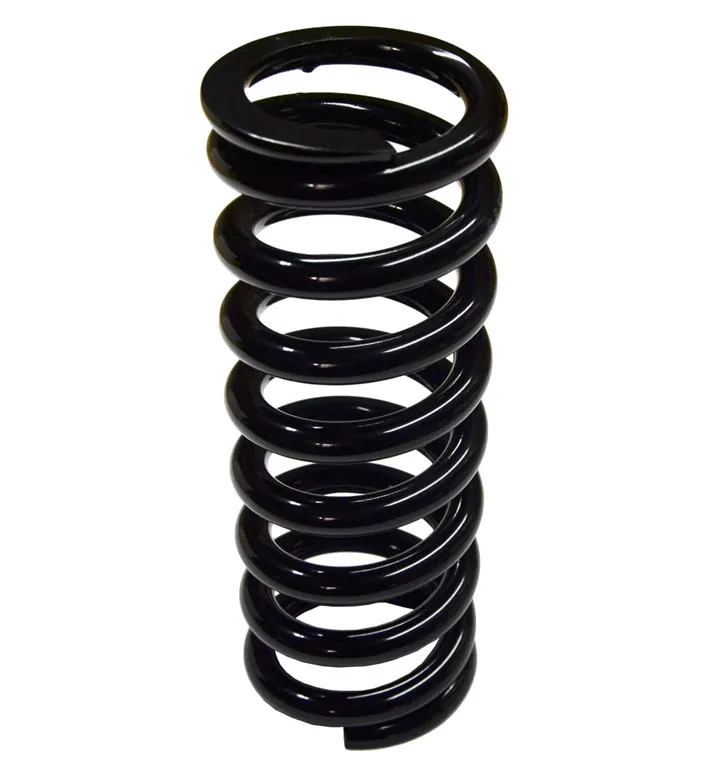
The unit of measure in the International System is the newton per meter (N/m).
At UniSimRacing, however, we all know the spring stiffness rates we need to create perfectly balanced setups, even mechanically, like our ACC Setup Packs.
If you haven't checked out or picked up one of our Setups yet, click here:
Knowing these values is crucial when trying to establish the correct ride height and balance oversteer or understeer mechanically.
Some cars, like F1, Indycar, and Super Formula, however, do NOT have coil springs.
Since the early 2000s, they’ve been replaced with torsion bars, which serve the same purpose but are much smaller and lighter.
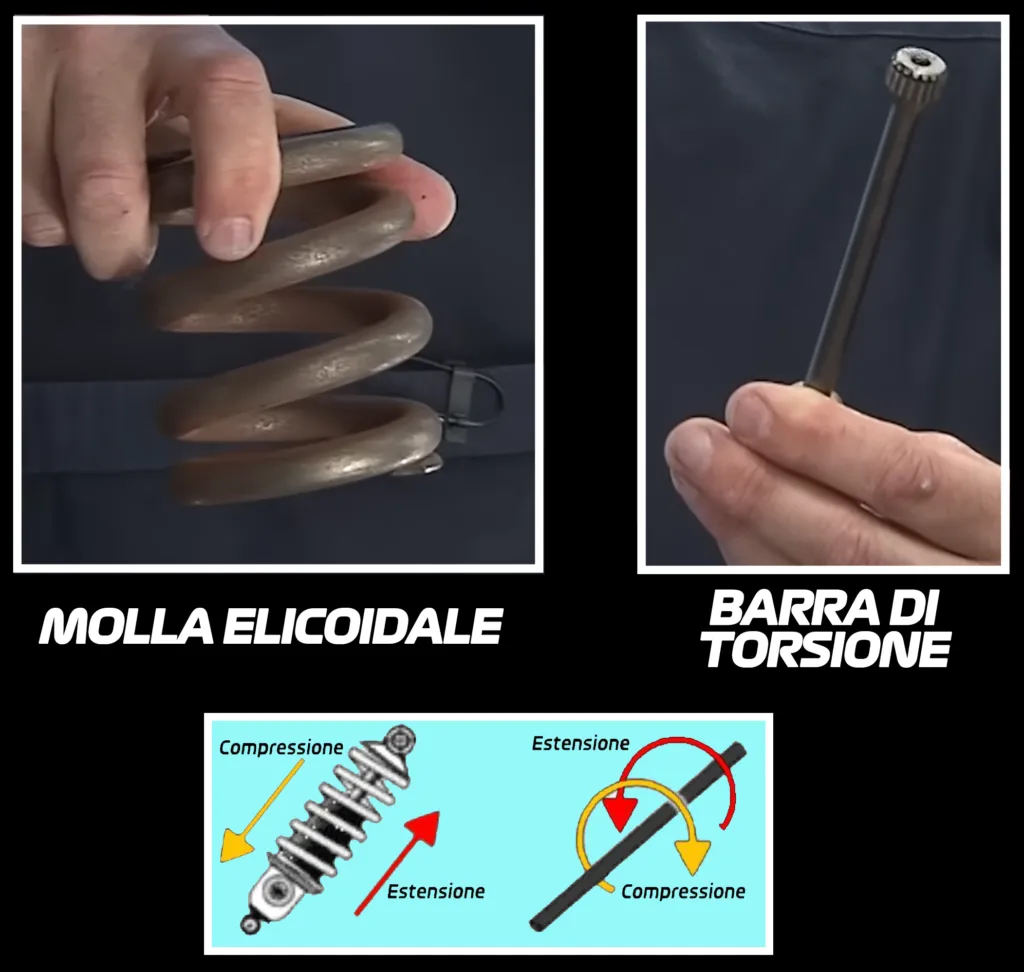
The primary job of these torsion bars and the entire suspension system is to manage and ensure the vehicle's optimal ride height.
low heights require high stiffness to prevent the car from bottoming out and scraping the track.
But suspensions also manage mechanical balance (along with anti-roll bars) and weight transfer, both longitudinal and lateral, during braking, acceleration, and cornering.
Softer suspensions make the car less responsive but improve mechanical grip… why?
Because of the tires!
With a soft suspension, load transfer between the front and rear (during traction) is more gradual and less abrupt, allowing the tire to adapt better to the track’s roughness.
Conversely, a stiffer suspension makes the car more responsive but harder to handle as the spring compresses very quickly.
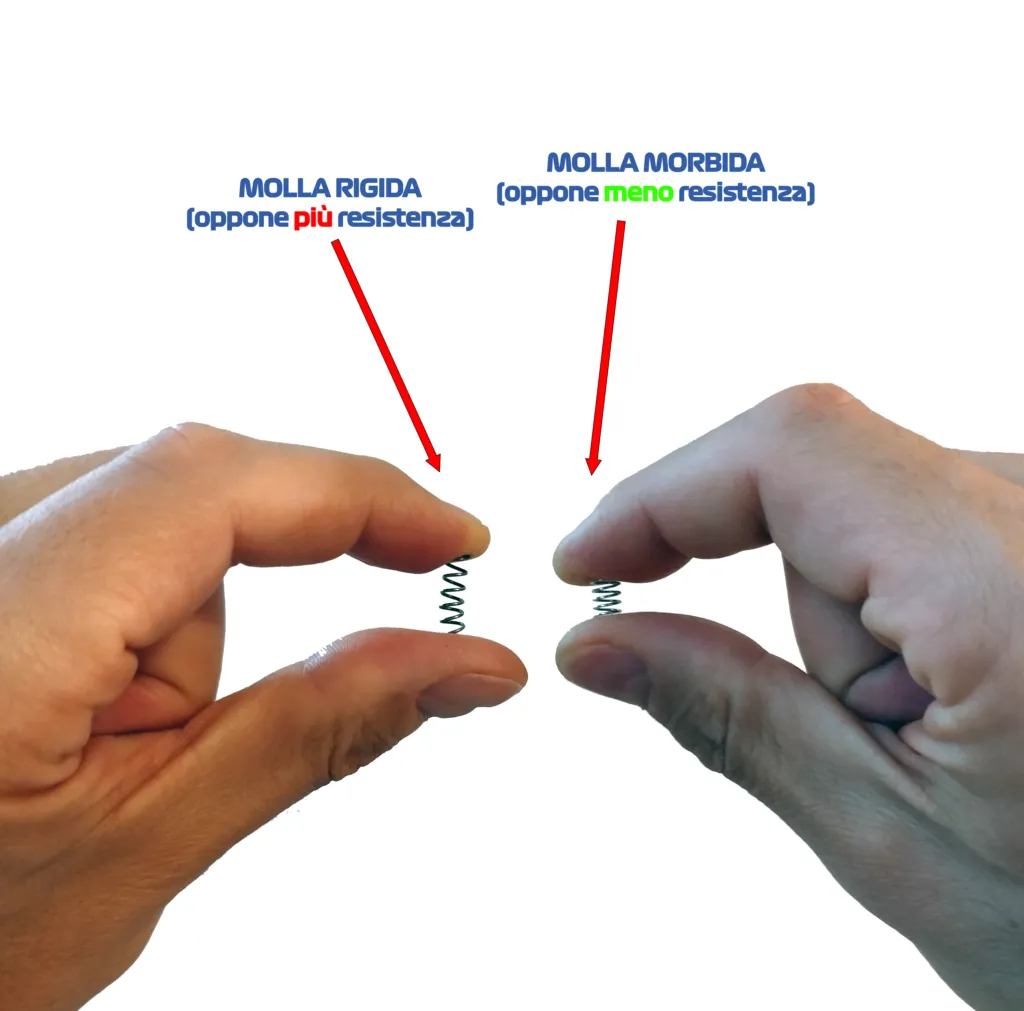
Well, we've come to the conclusion of this article where we showed you an in-depth look at Suspensions and how Mechanical Grip is generated.
But be careful, because to fully exploit grip on the track, be competitive, and be able to fight for victory, in any simulator (whether it's ACC, iRacing, rFactor 2, or RaceRoom it makes no difference), you must learn to use Driving Techniques!
Without knowing and applying the basics of driving well, you will struggle a lot and will never be able to beat your rivals.
That's why it's necessary for you to start a journey that will allow you to drive fast and without fear of making mistakes.
But the good news is that you can take this journey with us at UniSimRacing!
We are industry professionals and have already enabled thousands of Drivers to significantly lower their track times.
Continue reading our blog posts by clicking the button below:
See you soon!
